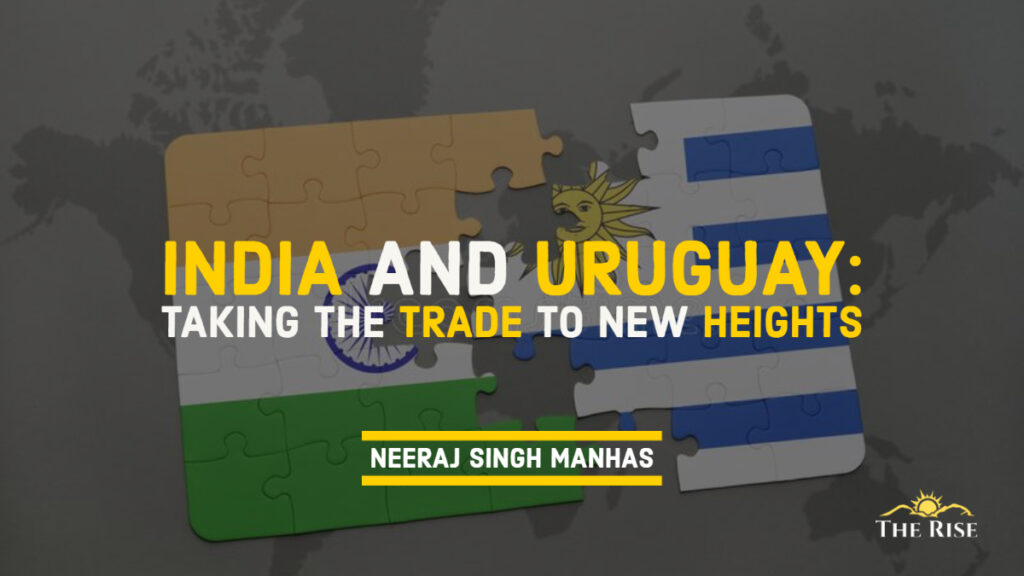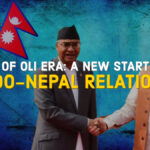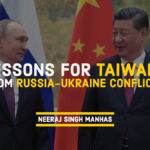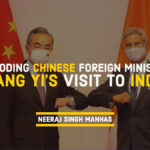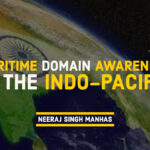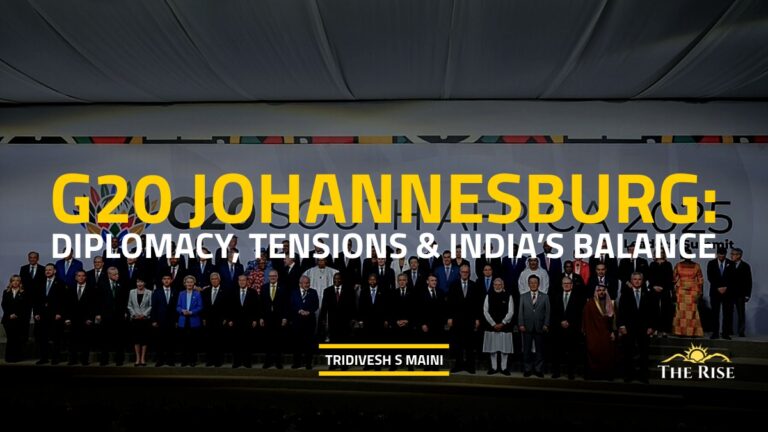The relationship between India and Uruguay is amicable and cordial. In 1960, diplomatic relations were established. The two nations have consistently supported one another in international forums. Uruguay supported India’s bid to get elected to the United Nations Human Rights Council for the 2015–2017 term. Both nations are members of the Group of 77 and possess strategic significance. This article describes the significant developments in trade and commerce and how they will lead to new heights.
India is currently the world’s second-fastest-growing economy according to the IMF. This has been the result of a continuous and consistent liberalisation policy being pursued by India for over two decades. India is the tenth-largest economy globally, accounting for 2.6 percent of global gross domestic product, a position that would not have been possible without India’s continuous and persistent economic reforms. India is the world’s second-largest country in terms of population and labour force. Additionally, it is a significant reservoir of skilled labour. By 2030, India anticipates surpassing Japan to become the world’s third-largest economy according to the CEBR reports.
An important aspect is a significant increase in Indian energy due to the expanding economy. While India is blessed with a diverse range of natural resources, its hydrocarbon resources – primarily oil and gas reserves – do not match its energy requirements.
In the last few years, Uruguay has positioned itself as a trustworthy and attractive destination for foreign investors, by virtue of a favourable investment climate and promising macroeconomic performance. The country has kept a strong political and social stability, supported by a consolidated democracy and strong legal certainty.
Also Read: I2U2 and its Significance in the Indo-Pacific Region
Uruguay has kept a strong political and social stability, supported by a consolidated democracy and strong legal certainty. It has positioned itself as a trustworthy and attractive destination for foreign investors.
Uruguay has the busiest highway network in Latin America and ranks third in terms of road quality. This makes it a strategic partner to concentrate and distribute goods in the richest region of South America. The only country in South America to boast a Free Port and Airport regime; special tax and customs regime which includes the tax-free unrestricted circulation of goods without requiring authorizations or formal processes. The country is strategically located as a gateway to MERCOSUR, a USD 3.3 trillion-GDP free trade zone which includes Argentina, Brazil, Paraguay, and Venezuela.
The orderly conduction of macroeconomic policy and the increase in investments have led the economy towards steady and balanced growth. Uruguay is one of the countries with the greatest growth in Latin America. Its GDP has reported annual average growth of 5.7% in 2004-2013.

The above chart has been taken from the Observatory of Economic Complexity (OEC). It compares trade between India and Uruguay by product, considering products traded by both, India and Uruguay. In 2020, India had a large net trade with Uruguay in the exports of Mineral Products ($28.3M), Transportation ($28.3M), and Chemical Products ($24M). While during 2020, Uruguay had a large net trade with India in the exports of Wood Products ($54.4M), Mineral Products ($36.4M), and Metals ($10.7M). The two countries have signed several bilateral agreements.
Also Read: Crossing China’s Red Line: Pelosi’s Taiwan Visit on the Cards and Challenges Ahead
In 2020, India exported $136M to Uruguay. The main products that India exported to Uruguay were: Refined Petroleum ($28.3M), Cars ($22M), and Polyacetals ($4.6M). During the last 25 years, the exports of India to Uruguay have increased at an annualized rate of 8.51%, from $17.6M in 1995 to $136M in 2020. In 2020, Uruguay exported $111M to India. The main products exported from Uruguay to India were: Rough Wood ($54.3M), Crude Petroleum ($31M), and Iron Pipes ($8.27M). During the last 25 years, the exports of Uruguay to India have increased at an annualized rate of 11.9%, from $6.74M in 1995 to $111M in 2020.
In 2020, India ranked 40 in the Economic Complexity Index (ECI 0.56), and 18 in total exports ($284B). That same year, Uruguay ranked 57 in the Economic Complexity Index (ECI 0.00013), and 97 in total exports ($7.59B).

This visualization shows the product space at the HS4 level coloured from blue to yellow. This means that the more blue a dot/product is, the more India has a comparative advantage over Uruguay. Similarly, the more yellow a dot/product is, the more Uruguay has a comparative advantage over India.
The Uruguayan economy is small and open, with a growing projection toward the regional and international external market, where exports play an important role in local productive development. The sector with the largest participation in the Gross Domestic Product (GDP) is the services sector, within which trade, transportation, communications, financial services, insurance, real estate, and other corporate services stand out.
In 2020, India exported $136M to Uruguay, while Uruguay exported $111M to India. The Uruguayan economy is small and open, with a growing projection toward the regional and international external market.
Economic policy stability, despite administrative changes inherent in the democratic regime, has been a determinant factor for the economic performance and the achievement of the current international position. In such a sense, the maintenance of a prudent macroeconomic policy stands out, which combines a tax policy based on the achievement of primary surplus consistent with public debt sustainability, with a monetary policy oriented towards price stability which contributes to growth objectives and employment generation.
The India-Uruguay alliance has stood the test of time, and the External Affairs Minister’s talk set toward a deepening bilateral tie at a time when COVID-19 is wreaking havoc on both economies. The two countries view cooperation and collaboration as critical strategies for mitigating the pandemic’s adverse consequences.
Disclaimer: The views expressed in this article are of the author solely. TheRise.co.in neither endorses nor is responsible for them. Reproducing this content without permission is prohibited
About the author
Neeraj Singh Manhas is a Director of Research, Indo-Pacific Consortium, at Raisina House, New Delhi. He has authored four books under his name and has various research interests covering India-China in the Indian Ocean, India's maritime securities, and Indo-Pacific studies.

